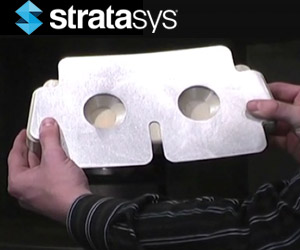
Hydroforming is a demanding process, which uses pressure to force sheet metal to take the form of a mold. It was first adopted before World War II to form metal sheets using liquid as a soft punch. Used in low-volume manufacturing, hydroforming is favored for its ability to fabricate high quality complex parts with achievable weights up to 30% lower than standard units.

It is primarily used in the automotive industry to produce engine cradles, sub frames, suspension components, and radiator support beams.

Aerospace companies also use hydroforming to make airframe or engine components and the process is useful for prototypes, repair parts, and one-off custom parts.

Using a variety of design methods, hydroform dies are produced by skilled laborers using CNC machines. However, there are drawbacks to conventional methods, including the high cost of raw materials, and the substantial lead times and machining costs associated with outsourcing. There’s also a general shortage of skilled labor in the workforce, which can heighten demand and inflate costs further.

3D printed Hydroform molds produced through fused deposition modeling can provide companies with remarkable time & cost savings. There is no limit to complexity and the design improvements made possible through FDM can contribute to the final design of the end product. They are also lighter and more ergonomic, resulting in simple handling for machine operators.

There are several FDM materials that are suitable for Hydroforming, including ABS M30, polycarbonate, and ULTEM 9085. These materials can withstand the high pressures of this process, and tall ULTEM 9085 dies have been successfully cycled on 1000 ton presses. In one case, a tool lasted 600 cycles without any complications. The natural porosity of FDM allows for trapped air to escape, eliminating the need for a vent hole. FDM dies also have natural lubricity, which eliminates the need to lubricate sheet metal banks. As you can see, FDM offers a great alternative for producing Hydroform molds, a method which can provide substantial cycle time and cost savings for manufacturers, ultimately improving the efficiency of workflows.
For more information on our line of additive manufacturing solutions, please click the button below.








Leave A Comment